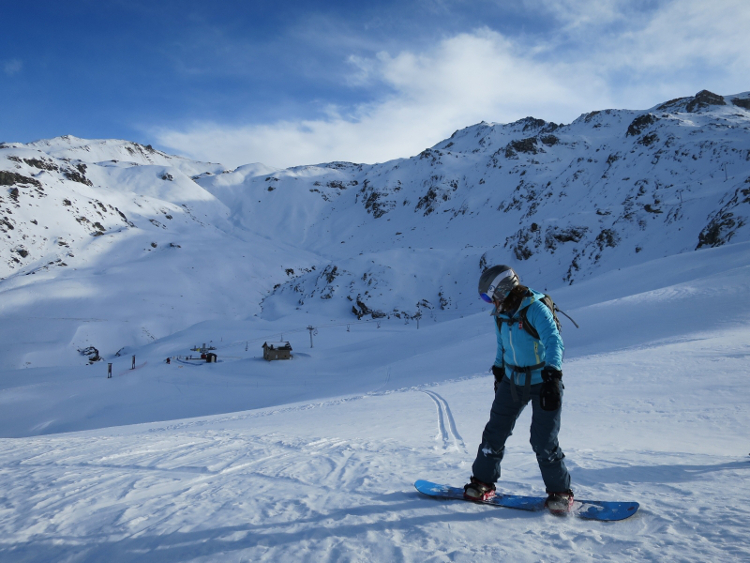
Films of daredevils shooting down rock-lined gullies and off massive drops, disappearing in a puff of powder before re-emerging with a whoop, are everywhere. But while the extreme end of the sport makes for amazing theatre, it isn’t the whole picture. Anyone with a few weeks’ experience and an enthusiasm for exploration can tackle off-piste – rolling descents and meandering backcountry runs are just as much a part of the sport as wild cliff jumps. Unlike many North American mountains, where heading away from the pistes can result in a fine or even lift-pass confiscation, most parts of the Alps have a relatively laissez-faire attitude to off-piste. But whatever you do, you need to be prepared – here’s our guide.
We’ve focused on places you can ski without too much hiking from lifts, but for the determined or the wealthy, longer treks or heli-skiing can open up utterly untouched powder fields.
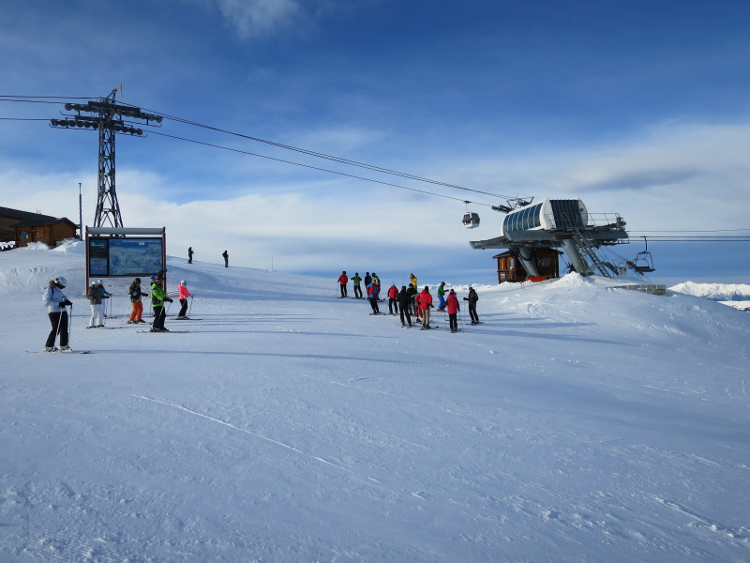
The vast majority may go off-piste with no problem, but scores of skiers and snowboarders die in the Alps every year. You can never entirely wipe out the risk of avalanche or other dangers, but there are many ways to minimise the risks:
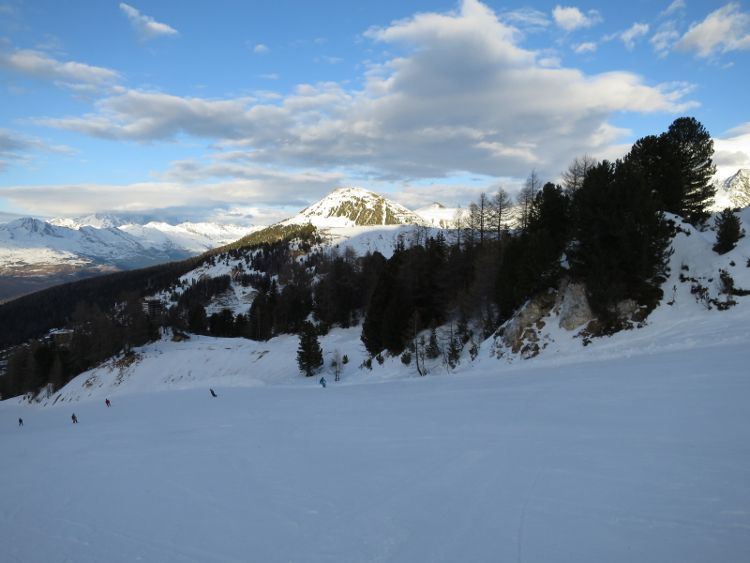
La Plagne is enormously popular with families, which might make this large (225km of runs, and even more if you include the wider Paradiski area, which also takes in Les Arcs) and mostly ski-in, ski-out French resort seem an unexpected place to find great off-piste. But that means runs that might be tracked out in hours in more gung-ho resorts like Val Thorens can stay fresh for days. The bottom of the resort is 1250m and the top 3250m, meaning there are plenty of forested runs to explore as well as snow-sure high-level routes. Good off-piste spots include the glacier runs off the north face of Bellecôte, the enjoyable (and fairly gentle) descent from Roche de Mio to the Chalet de Bellecôte chair and the forested routes down from L’Arpette. On a good day, when snow dusts the trees and silence fills the air, they feel properly magical.
In the 1980s, pioneers like Glen Plake and Greg Coombs attacked Chamonix’s most brutal off-piste, shaping modern extreme skiing in the process. Their thin skis and day-glo jumpsuits now look like something from another age, but modern Chamonix still attracts plenty of thrill seekers and ordinary skiers. The town itself is an enjoyably hip place, while the most famous off-piste area is the monumental Vallée de la Blanche, a 20km descent far from the pistes that drops 2700m and takes most skiers a whole day. But Chamonix’s linked resorts (you drive or get a free bus between them) all offer off-piste options: Grand Montets boasts steep, deep powder, but can get tracked out quickly, in which case quieter Brévent-Flégère may be worth a look.
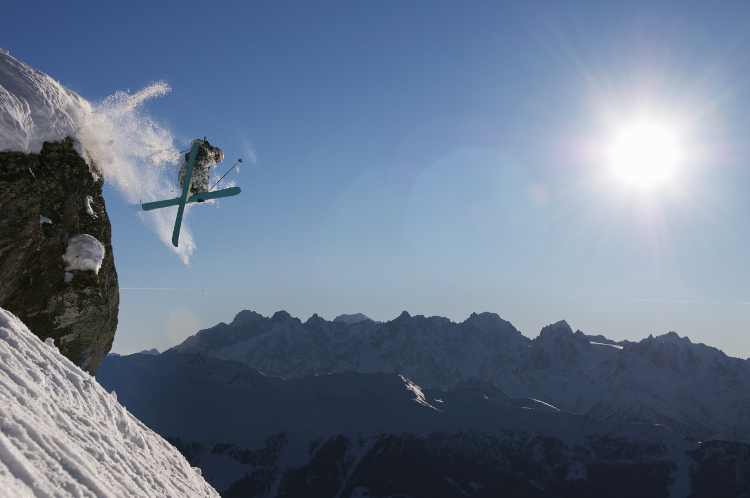
With almost 100 lifts, 400km of runs and buzzing après-ski, Switzerland’s Verbier is an obvious choice for piste skiers. But its challenging terrain begs off-piste exploration, and there are countless options here, many of them directly accessible from the high-tech lift network. The huge bowl of Vallon D’Arby has some gentle, appealing lines, while Mont Gelé offers steeper descents. The back of Mont Fort, meanwhile, begins with a traverse and a couloir before opening up into several enervating routes to the lake at the bottom.
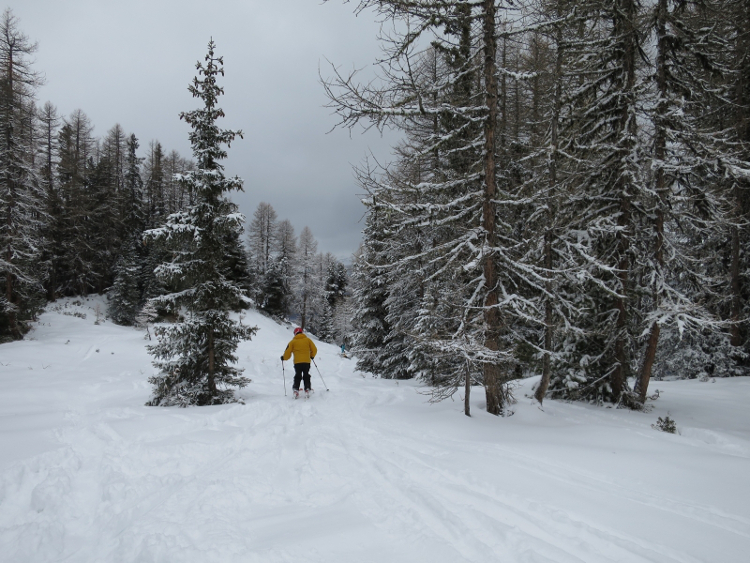
Half the point of going off-piste is that it takes you off the main routes and into a realm of infinite powdery possibilities. And while we’ve named some of our favourites above, the Alps are full of other options. Many rate the vast spaces of Tignes and Val d’Isère in France, while St Anton in Austria is often awash with snow when the rest of the Alps are covered in packed ice. Party-oriented Ischgl in Austria (where devotees joke that you can get fresh powder late in the day because the rest of the resort is still hungover), flashy Zermatt (the Swiss resort overhung by the Matterhorn) and La Grave (the piste-less, notoriously hardcore resort in France) all have their devotees – and that’s before you’ve even thought about heading beyond the Alps to the Nordic countries, North America and beyond. Ultimately, the best place to ski off-piste is wherever the snow is: when it falls, seize the day.